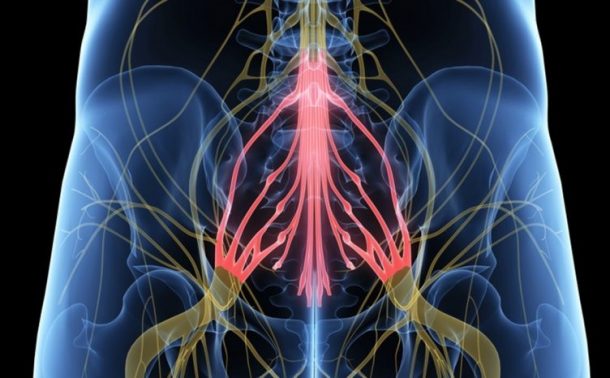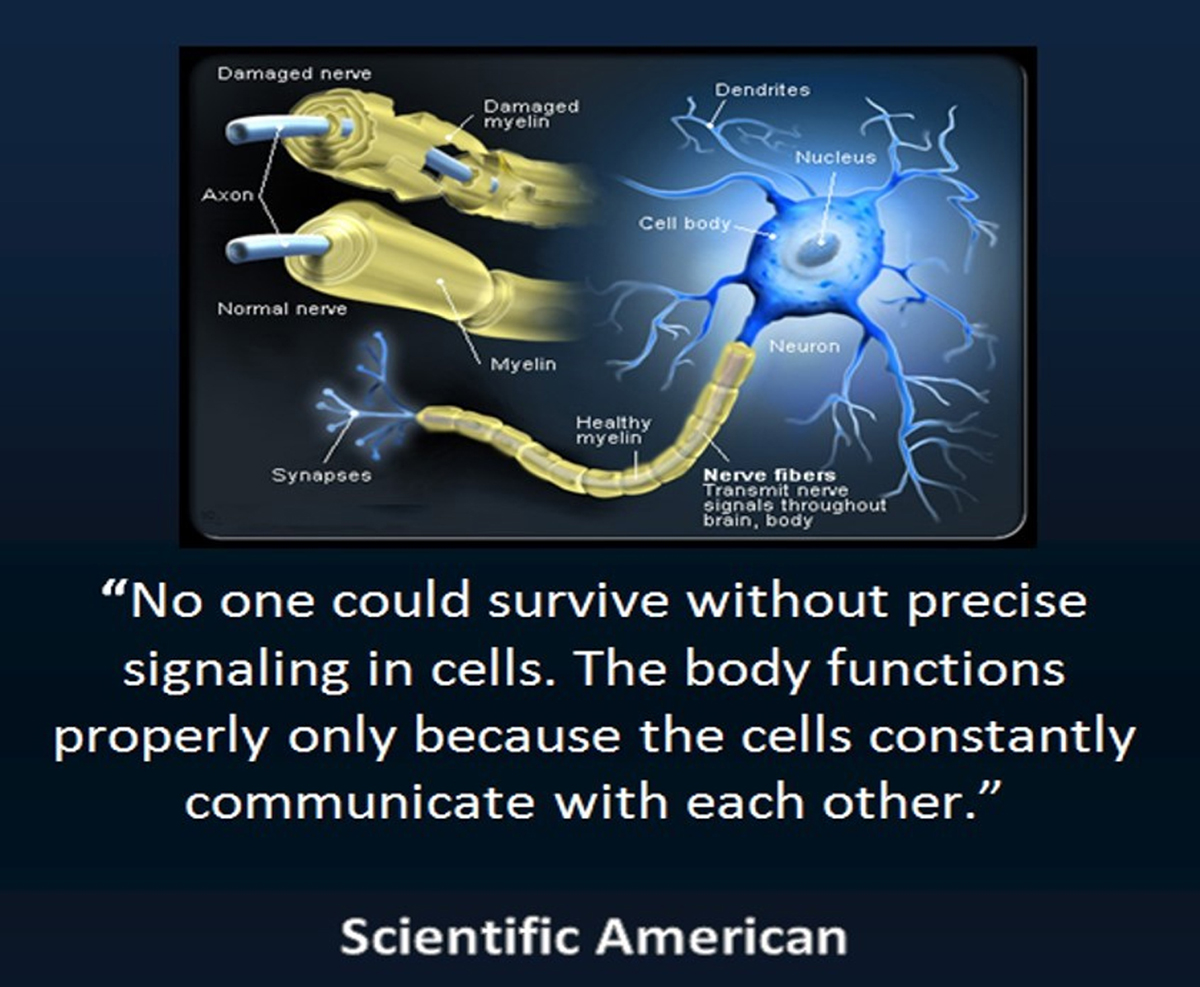Harvard Endorses Chiropractic
SOURCE: Dynamic Chiropractic 2017 (Dec); 35 (12)
By Donald M. Petersen Jr., BS, HCD(hc), FICC(h)
Harvard Health Publishing is an arm of the prestigious Harvard Medical School. The publisher’s tag line is “Trusted advice for a healthier life.” Probably the most popular Harvard Health publication is the Harvard Health Letter, which you’ve probably seen or heard referenced.
The Harvard Medical School is one of the more notable exceptions to the rule that medical establishments are generally anti-chiropractic. You may have seen its Special Health Report “Pain Relief: Natural and Alternative Remedies Without Drugs or Surgery,” published in 2015. [1]
 |
While certainly not as all-encompassing as one would have hoped for, the report not only features a section on chiropractic, but also includes chiropractic in the low back pain section, as well as two patient “stories.” The first story (“Gary’s Story: A Journey to Pain Relief”) talks about Gary’s primary MD referring him to a chiropractor. The second story (“Alice’s Story: A Comprehensive Approach to Pain Relief”) talks about how Alice has been using chiropractic, along with other nondrug interventions, for years with positive results.
Last month the Harvard Health Letter featured an article: “Where to Turn for Low Back Pain Relief.” The article’s deck answers the question: “In most cases, a primary care doctor or chiropractor can help resolve the problem.” [2]
Under the section titled “Where to Turn,” we read that for people suffering from back pain, their first call should be to a primary care physician or a chiropractor. Dr. Matthew Kowalski, a DC at Harvard’s Osher Center for Integrative Medicine, is quoted as saying that 35-42 percent of people experiencing their first episode of back pain consult a doctor of chiropractic.
The report concludes by reminding patients that most common back pain issues will be effectively addressed by a primary care MD or a chiropractor. It also references Harvard’s 2014 report on back pain (which also includes information about chiropractic).
There are many observations that immediately come to mind when reading this 2017 report.
Here are my top three:
- Primary care physicians and chiropractors are presented as equally effective for low back pain. While the ability of MDs to address low back pain may be debatable, chiropractic enjoys equal billing.
- When seeking information about chiropractic, the publisher actually sought the input of a doctor of chiropractic. This may seem obvious and logical, but it is also unusual; often it is our detractors who are given a platform for describing chiropractic to consumers.
- While likely unknown to most of the chiropractic profession, Dr. Kowalski’s position at the Osher Center for Integrative Medicine is impacting the appreciation of chiropractic within the Harvard organization. His decision to seek this route in his career provides a face to our profession for those who may misunderstand chiropractic and its value.
As chiropractic’s research and academic foundation grow, so does the appreciation from those who take the time to understand how much we have to offer. The wheels of change turn slowly, particularly for those who hold on to old prejudices. But truth ultimately wins out … albeit not nearly as quickly as we’d like.
References:
- Pain Relief: Natural and Alternative Remedies Without Drugs or Surgery.
Harvard Medical School, 2015. - Where to Turn for Low Back Pain
Harvard Health Letter, November 2017.





Leave A Comment